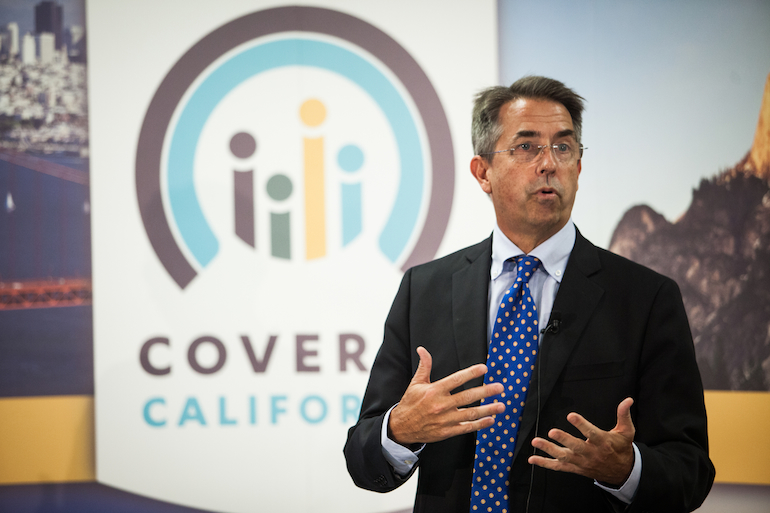As the deadline for January health care coverage nears, California’s insurance exchange is intensifying efforts to sign people up in pockets of the state with exceptionally high numbers of uninsured residents.
Covered California is targeting such “hot spots” as San Francisco’s Mission district, Oakland’s Fruitvale neighborhood and the East San Jose and Berryessa communities of Silicon Valley, officials said.
Exchange officials this week released maps and information about communities with high numbers of uninsured people who likely qualify for subsidized health insurance based on their income.
The enrollment period ends Jan. 31, but people who sign up by Dec. 15 will get benefits starting Jan. 1.
Other “hot spots” around the state can be found in Santa Ana and Ontario, San Diego’s East County district, and Eureka and Arcata in Northern California. Many of their residents are Latino, a population that has been challenging for Covered California to reach.
“These are areas where people have really adapted to a culture of coping for years – they have made the best of a bad situation of living without insurance,” said Peter Lee, Covered California’s executive director.
Focusing on the “hot spots,” he said, “helps us get the word out at a community level where it can make the most difference.”
Covered California estimates that 750,000 Californians are eligible for the health insurance subsidies but remain uninsured, including 16,000 in San Francisco County, 20,000 in Contra Costa County, 33,000 in Alameda County and 34,000 in Santa Clara County.
An additional 1.4 million residents are believed to qualify for Medi-Cal, including 31,000 in San Francisco County, 39,000 in Contra Costa County, 62,000 in Alameda County and 64,000 in Santa Clara County.
As of last Monday more than 83,000 Californians had selected plans through the health insurance exchange since Nov. 1, when open enrollment began.
About 2.5 percent of Californians are eligible for insurance subsidies and are believed to be uninsured, but the “hot spot” maps reveal higher percentages of eligible residents in certain places — 3.2 percent in San Francisco’s five hot spots; 4.3 percent of the population in Oakland’s six hot spots; 3.8 percent in the South Bay’s eight hot spots, and 5.1 percent in Contra Costa County’s three hot spots.
Covered California is working with community organizations around the state to schedule more enrollment events in the hot spots, as well as increasing door-to-door canvassing, and adding storefront offices where people can enroll. It also has a robust broadcast and print advertising campaign in those areas.
One of those organizations is the San Jose-based Community Health Partnership, which puts on health fairs and other outreach events. It also provides space for health navigators to enroll people directly for Covered California insurance or Medi-Cal.
Recently the group worked with San Jose City Councilwoman Magdalena Carrasco to put on a health fair at James Lick High School in East San Jose, a hot spot district, offering free Christmas trees to draw people. At the fair, attendees could get medical screenings as well as sign up for coverage, said Grace-Sonia Melanio, the partnership’s director of communications and health policy.
The nonprofit has seen an uptick in the number of people asking for help because residents are becoming more aware of the financial penalty for not signing up for insurance, she said.
“When folks do come to us, they’re pretty hopeful the insurance will be affordable,” Melanio said.
But, she added, “we find that we just can’t sit back in the office and wait for them to make an appointment. We have to go out to the community.”
